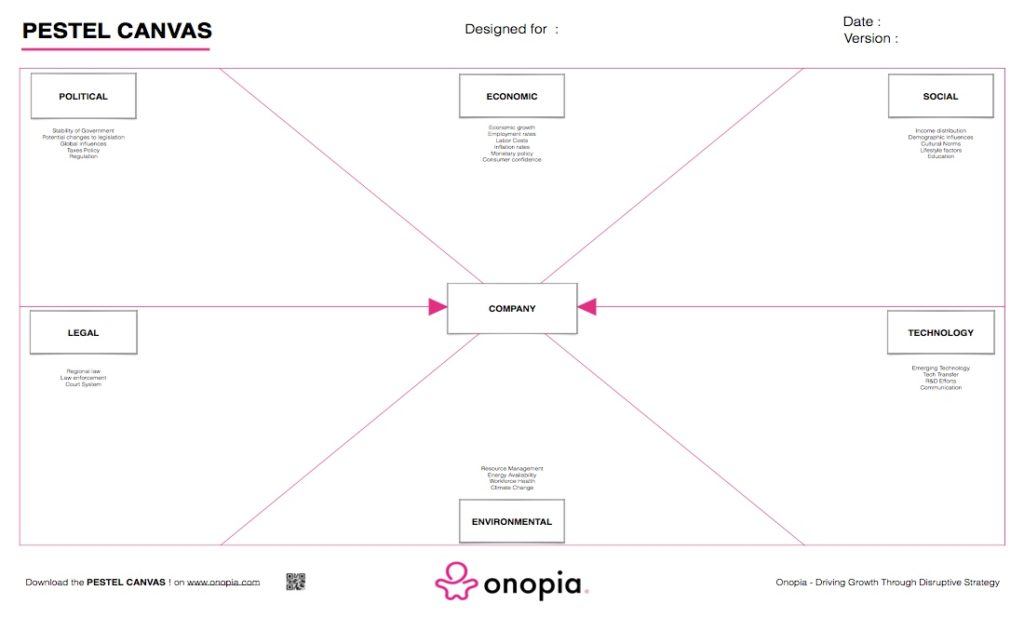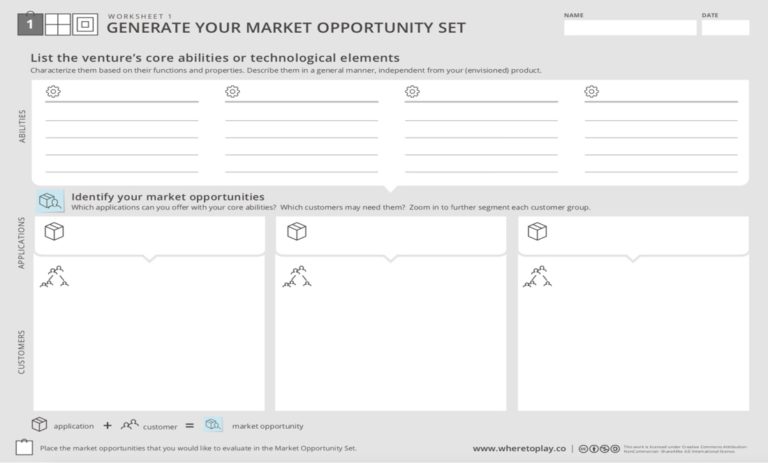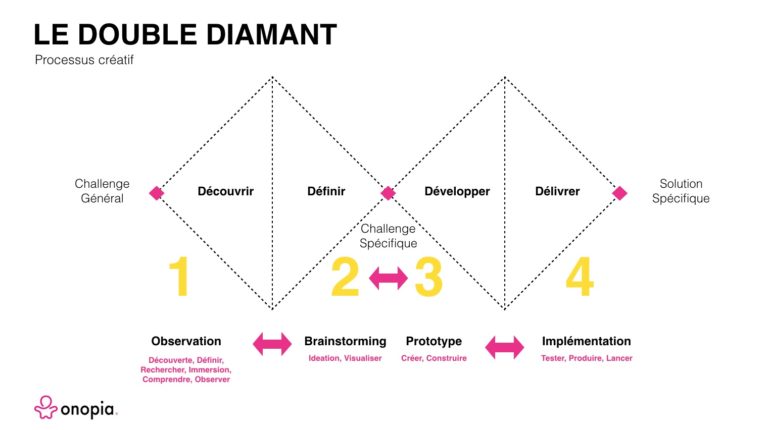
Workshop : « Éclairez votre Marque : Atelier de Créativité en Marketing Expérientiel »
Voici un exemple de workshop à personnaliser, pour générer des idées de marketing expérientiel.

BOX
Strategy Toolbox
Duration
60 minutes
Difficulty
Medium
Shopping list
Participants
PEST analysis (political, economic, social and technological) describes a framework of macro-environmental factors used in the environmental scanning component of strategic management. It is part of an external analysis when conducting a strategic analysis or doing market research, and gives an overview of the different macro-environmental factors to be taken into consideration. It is a strategic tool for understanding market growth or decline, business position, potential and direction for operations.
Variants that build on the PEST framework include:
There is also STEER, which considers socio-cultural, technological, economic, ecological, and regulatory factors, but does not specifically include political factors.
The basic PEST analysis includes four factors:
Expanding the analysis to PESTLE or PESTEL adds:
Other factors for the various offshoots include:
More factors discussed in the SPELIT Power Matrix include:
The model’s factors will vary in importance to a given company based on its industry and the goods it produces. For example, consumer and B2B companies tend to be more affected by the social factors, while a global defense contractor would tend to be more affected by political factors. Additionally, factors that are more likely to change in the future or more relevant to a given company will carry greater importance. For example, a company which has borrowed heavily will need to focus more on the economic factors (especially interest rates).
Furthermore, conglomerate companies who produce a wide range of products (such as Sony, Disney, or BP) may find it more useful to analyze one department of its company at a time with the PESTEL model, thus focusing on the specific factors relevant to that one department. A company may also wish to divide factors into geographical relevance, such as local, national, and global.
The PEST factors, combined with external micro-environmental factors and internal drivers, can be classified as opportunities and threats in a SWOT analysis. A graphical method for PEST analysis called ‘PESTLEWeb’ has been developed at Henley Business School in the UK. Research has shown that diagrams are considered by users to be more logical, rational and convincing than traditional PEST analysis.
Source : Wikipedia

Voici un exemple de workshop à personnaliser, pour générer des idées de marketing expérientiel.

The set of potential market opportunities that you can address with your core resources and capabilities. These can be varied options, related to different types of applications for different types of customers.

Les designers de toutes les disciplines partagent des approches remarquablement similaires en matière de processus créatif, que nous avons définies comme «le double diamant».
Chaque spécialité de design a une approche et des méthodes de travail différentes, mais le processus de création présente des points communs.

Business Model Innovation & Proposition de Valeur Centrée Client
